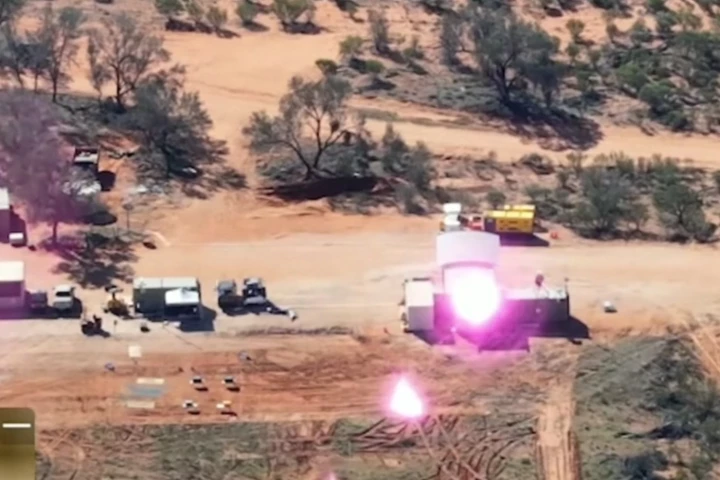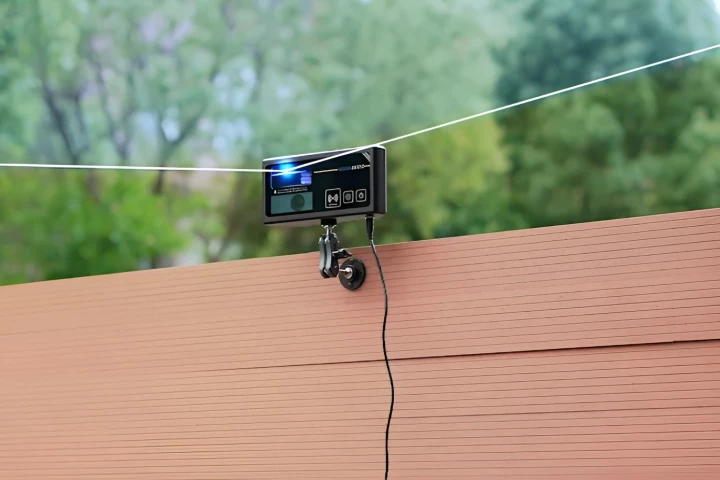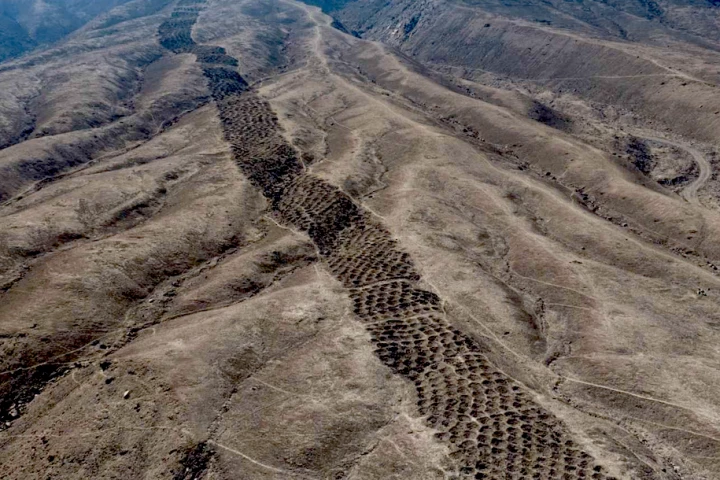The recently announced Sony Cyber-shot RX100 III looks set to be one of the best compact cameras on the market with its fast zoom lens, built-in EVF and large sensor. But how does it stack up against Sony's previous offering, the RX100 II? And if you already own that one, is it a worthy upgrade? We take a look at the specs and features of both cameras to see how they compare.
When the original RX100 was released, it redefined what compact zoom lens cameras were capable of, by combining a large sensor and zoom lens in a pocketable package. This meant it didn't have any direct rivals. Even now, most other compact cameras continue to have much smaller sensors. Those with bigger sensors are either bigger themselves, like the Canon G1 X II, or lack an optical zoom, like the Nikon Coolpix A and Ricoh GR. As such, the latest iteration of the camera, the RX100 III, is probably best compared with its predecessor, the RX100 II.
Sensor size

Both of the cameras feature large 1-inch-type sensors. These are much bigger than those typically found in a compact camera. As a result the cameras are able to deliver high-quality images that are arguably more comparable to an interchangeable lens camera than your average pocketable zoom lens compact.
Megapixel count

Though the numbers are (very slightly) different, the same Exmor R CMOS sensor is actually used in both cameras. This means either will produce very detailed images, while not hassling you with ridiculously large files.
Focal range

Here's the first big difference between the two cameras. The lens on the new RX100 III (M3) doesn't allow you to zoom in as much as its predecessor – it only reaches a 35-mm-format equivalent of 70-mm compared to 100-mm equivalent. However, it does go wider – to a 35-mm-format equivalent of 24-mm rather than 28-mm – meaning you can get more in a shot.
As a result, if you have a preference for shooting more at bigger zooms, you might be better served by the older RX100 model, though as we'll see next, not all zoom lenses are created equal.
Maximum aperture

Just looking at the focal ranges, it might appear that Sony has downgraded the lens on the new RX100 III, but that's not the case at all. While it doesn't offer the ability to zoom in as much, it's much faster at the telephoto end of the focal range. It has a maximum aperture of F2.8 at 70-mm, compared to its predecessor's F4.9 at 100-mm.This means the lens can take in more light at zoom lengths, which can be invaluable if shooting indoors or in lower light situations. It also means that the RX100 III is better able to blur out the background of an image.
Image processor

The image processor in the RX100 III is the same as that used in the firm's top-of-the-line Sony A7 mirrorless cameras. It's said to be three times the speed of the one in the RX100 II (M2), and allows the camera to produce detailed images and Full HD videos in all types of lighting conditions.
Autofocus

The autofocus of the RX100 series is arguably one area in which Sony could really improve the cameras. Both models still use contrast-based autofocus systems rather than faster hybrid options, which incorporate faster phase detection autofocus points too.
ISO

Both generations of RX100 have a wide ISO range which reaches ISO 12,800. That should mean they have the ability to shoot quality images in a wide range of lighting conditions.
Burst shooting

With the ability to shoot at 10 frames per second, either of the RX100 models should be capable of capturing all but the quickest of moments. However, it's worth remembering that this is in speed priority shooting mode, and that with autofocus things will slow down considerably.
Video modes

While each of the cameras is capable of shooting Full HD video at 60/50 fps, there are a number of important differences. Firstly the RX100 III is also able to record HD 720p footage at 120/100 fps, which can be used to produce smooth slow motion footage. The newer model can also record in XAVC S format at up to 50 Mbps and offers clean HDMI output so that Full HD footage can be stored to an external recorder.
Viewfinder

The Sony RX100 III is the first of the series to add a built-in electronic viewfinder. It's an impressively hidden LED pop-up retractable type which features 1,440k dots and gives users a viable alternative to composing shots on the rear monitor. While the Sony RX100 II lacks this built-in ability, it is compatible with optional (and arguably better) EVFs like the Sony FDA-EViMK via its multi-interface shoe, though this obviously comes at additional cost and bulk.
Monitor

Both cameras feature a three-inch tiltable LCD rear monitor with 1,228,800 dots. However, the degrees to which they can tilt does differ. While the RX100 II can only move 84 degrees upward and 45 degrees downward, the RX100 III can tilt to a selfie-friendly 180 degrees.
Size

The RX100 III is very slightly the thicker of the two cameras. However, both are small enough to be pocketable and, as such, make a great option if you are looking for an easy-to-carry camera which doesn't sacrifice too much in image quality.
Weight

With a difference of just 9 grams (0.32 oz), you'd be hard-pushed to notice the weight difference between this pair.
Build

Both of the cameras feature the solid-feeling aluminum body that impressed us with the original RX100. It lets you know that you're holding a quality piece of photographic kit. Neither camera is significantly weather-sealed, which probably means you won't want to use them in the middle of a torrential downpour.
Flash

The RX100 III features a built-in pop-up flash, much like its predecessor, though it lacks the RX100 II's option for mounting a more powerful external flash, or other accessories, on the multi-interface shoe.
File type

As you would expect for cameras of this calibre and cost, both can shoot JPEG image files or more post-processing friendly RAW files.
Wireless

The RX100 II was the first camera of the series to benefit from built-in Wi-Fi and NFC capabilities for the easy sharing of images and video or remote shooting. This has continued with the RX100 III, which also gains the ability to use Sony's PlayMemories Camera Apps
Storage media

As with most other compact cameras on the market, this duo both use SD memory cards. Though, being Sonys, they can also use Memory Stick Duo cards.
Battery life

There's not too much difference in the battery life of the two cameras, though it's the older of the two which is said to be good for slightly more shots on a single charge.
Price

The RX100 III is currently available for pre-order at US$799 while the RX100 II retails for $100 less. However, the price difference is likely to grow after the June release of the RX100 III when its predecessor will probably begin to see bigger discounts.
Summing up
For those looking to buy a pocketable zoom lens compact camera which takes great quality photos, the RX100 series has been hard to beat since its introduction in 2012 (as you'll know if you saw our article about the best compact cameras of 2013). And with the latest addition to the lineup it looks like Sony has added another solid offering.If you have the pick of these two cameras and are not put off by the price difference, then the RX100 III seems like the obvious choice. That is, unless you need the extra reach of the older lens, or the hot-shoe for mounting an external flash or other accessories.
But if you already have a RX100 II in your kit bag, is the RX100 III a worthwhile upgrade? Probably not, unless you're already thinking about adding an external EVF, or find the speed of the lens limiting. If you are rocking an original RX100, then maybe the built-in EVF, faster lens, Wi-Fi and tiling monitor are enough to make you start thinking about trading up.
























